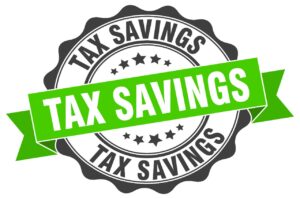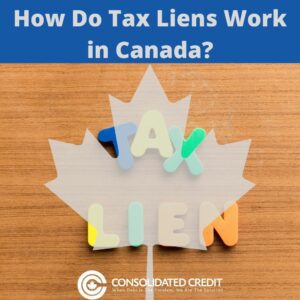The Canadian government has announced a temporary GST/HST holiday tax break from December 14, 2024, to February 15, 2025. This tax break aims to provide relief for Canadians during the holiday season by removing the GST/HST on various goods. Keep reading to learn more about what goods qualify for the tax break, how it works, and some considerations for consumers.
Eligible goods under the GST/HST holiday
A wide range of goods are included in the tax break, covering many holiday essentials. Here is a breakdown:
Children’s goods
Clothing
This includes a wide array of clothing for babies and children, including bibs, blankets, garments up to size 16 for girls and size 20 for boys, socks, hats, scarves, and gloves. However, the exemption excludes specialized sports clothing and shoes, adult clothing purchased for children, costumes, makeup, and jewelry.
Footwear
Shoes with an insole length of 24.25 cm or less are included.
Diapers
Both cloth and disposable diapers, inserts, and training pants are included, but adult diapers are not (they are already exempt from GST/HST).
Car seats
All booster seats and car seats meeting federal safety standards qualify, except those built into strollers or carriers.
Toys
Most toys designed for children under 14 years old are included, such as board games, card games, dolls, plush toys, and construction toys. However, collectibles and toys marketed for adults are excluded.
Entertainment
Jigsaw puzzles
All jigsaw puzzles, regardless of age target, are included.
Video games
This includes video game consoles, controllers, and physical copies of video games (CDs and cartridges).
Books
Most printed books, both hardcover and softcover, qualify for the tax break. Magazines and periodicals supplied by subscription or with less than 5% of printed space devoted to advertising also qualify. However, e-books, audiobooks, and certain types of printed materials like colouring books, calendars, agendas, and notebooks are not included.
Newspapers
Printed newspapers qualify, but not digital versions.
Holiday Items
Christmas trees
Both natural and artificial Christmas trees, as well as similar decorative trees, qualify for the exemption.
Food and Beverages
Restaurant meals
All restaurant meals, including dine-in, takeaway, and delivery, are covered.
Prepared foods
This includes pre-made meals, catered food, and snacks like chips, candy, and baked goods.
Drinks
The exemption covers non-alcoholic drinks such as coffee, tea, juices, soda, and smoothies, as well as alcoholic beverages like beer, wine, cider, sake (up to 22.9% ABV), and pre-mixed alcoholic drinks (up to 7% ABV).
Basic groceries
Basic groceries like fresh fruits, vegetables, meat, poultry, and fish are already exempt from HST in Ontario.
It’s important to note that food and drinks from vending machines, dietary supplements, and pet food are not included in the tax holiday.
How the tax holiday works
During the tax holiday period, businesses will remove the GST/HST from qualifying goods at the point of sale. This means the price you see on the shelf or menu will already reflect the tax deduction.
Guidelines stipulate that in order to be eligible purchases must be fully paid for and delivered within the tax holiday timeframe.
The amount you save depends on your spending habits and the specific items you buy. If you purchase a lot of eligible items during the holiday season, your savings could be substantial.
Things to consider when shopping during the tax holiday
While the GST/HST holiday can lead to significant savings, it’s crucial to approach your shopping strategically:
Budgeting: Plan your holiday spending and factor in the potential tax savings, but avoid overspending just to take advantage of the tax break.
Combining with other sales: Consider waiting for Boxing Day sales to combine store discounts with the tax break for even greater savings.
Needs vs. wants: Prioritize purchasing essential items you need, rather than buying things just because they are tax-free.
Credit card use: Avoid using credit cards to make purchases you cannot afford, as interest charges can negate any savings from the tax break.
The provincial sales tax break
Provincial governments that use the HST framework (New Brunswick, Newfoundland and Labrador, Nova Scotia, Ontario and Prince Edward Island) have pledged to follow in the federal government’s footsteps, providing further savings for their residents. This means that in addition to the 5% federal GST break, shoppers in these provinces will also be relieved from the provincial portion of the HST on eligible items.
Wrap up
The GST/HST holiday tax break is a welcome relief for Canadians during the holiday season. Understanding the included items, how the tax break works and shopping strategically can help you maximize your savings. Remember to budget carefully, prioritize needs over wants, and avoid relying on credit to make purchases.
If you need more help with holiday debt than what the tax holiday offers, our trained Credit Counsellors can help. During a free consultation, they’ll go over what options are available to start of the new year on the path to debt-free living.





